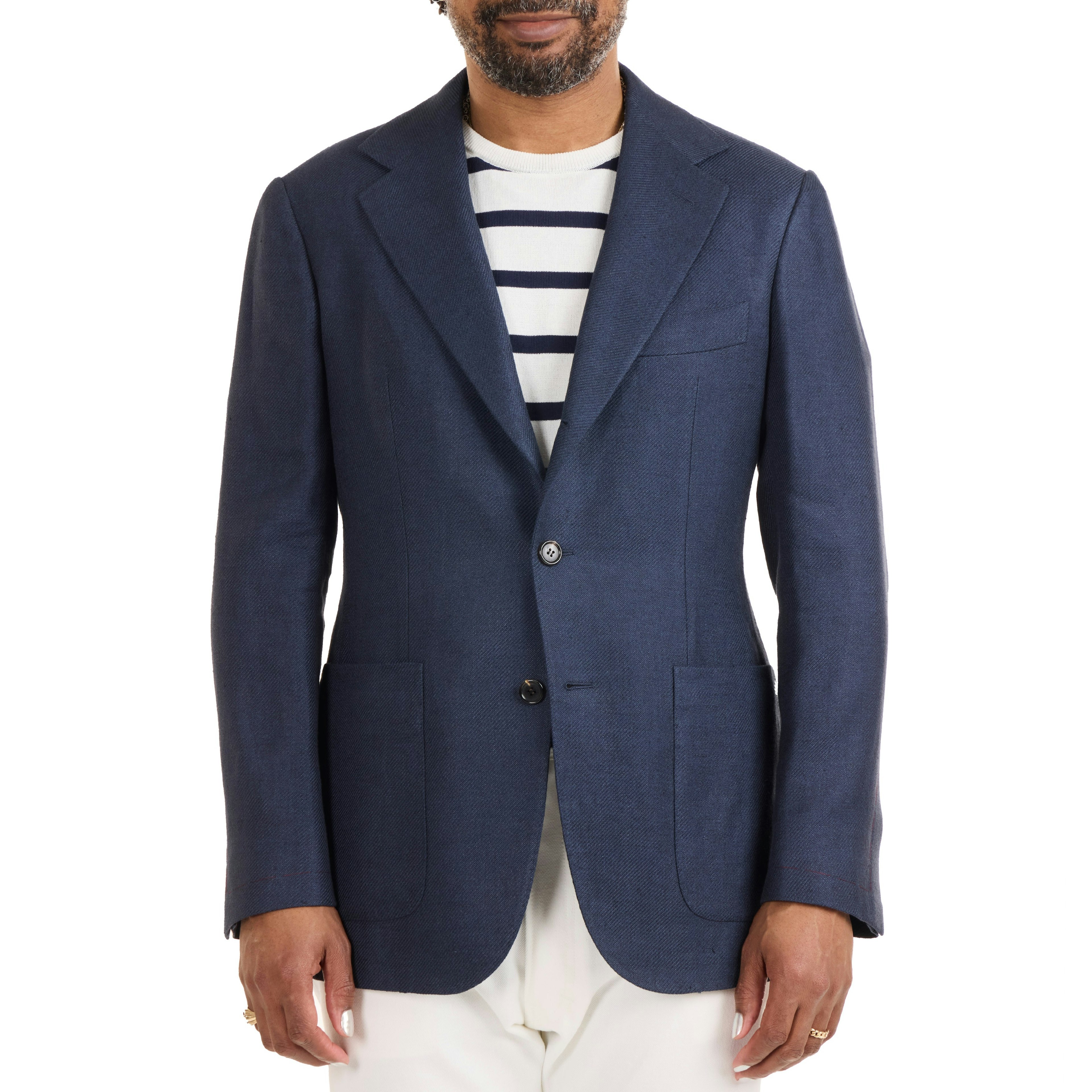- Joined
- Apr 19, 2009
- Messages
- 10,521
- Reaction score
- 7,365
I can't answer this question because it all depends on what you can afford and also your aesthetic tastes; no matter how high quality a pair of shoes might be it won't matter if you don't like them or can't afford them.
I've posted a rough description of shoe construction and each of the processes to evaluate.
It's up to you to find research the shoes that you like, see how they're made, and see how much this matters to you.
I've made a personal decision on what level of quality I require.
Yes, please do... I've learned a lot from these discussions and the linked discussions on hand welting, gemming (and the failure thereof), etc. I don't have any really high-end shoes yet but I'd be interested in making wise decisions when I get there. From what I've gleaned from this thread, Vass and St. Crispin are very well regarded for quality of materials and top-notch construction and are a good value for the quality they provide. True? I'm unlikely to be in a position to have bespoke shoes made in the near future, so what's my next best option?
I can't answer this question because it all depends on what you can afford and also your aesthetic tastes; no matter how high quality a pair of shoes might be it won't matter if you don't like them or can't afford them.
I've posted a rough description of shoe construction and each of the processes to evaluate.
It's up to you to find research the shoes that you like, see how they're made, and see how much this matters to you.
I've made a personal decision on what level of quality I require.


